Did you know that your garden could be a lifeline for pollinators? Bees, butterflies, birds, and other pollinating creatures are essential for ecosystem health, contributing to the growth of fruits, vegetables, and flowers. However, their populations are declining due to habitat loss, climate change, and pesticide use. Pollinator conservation in gardening isn’t just a niche interest—it’s a critical effort that can make a real difference. This article explores practical ways to create a pollinator-friendly space, from planting native species to adopting sustainable practices. By understanding the challenges and implementing thoughtful solutions, you can transform your garden into a haven for pollinators while enhancing biodiversity. Whether you’re a seasoned gardener or new to the hobby, there’s something here for everyone. Let’s dive into how you can promote pollination and conserve these vital creatures in your very own backyard.
How to Promote Pollination in a Garden
Pollination is a vital process for the survival and sustainability of many plants in your garden. By creating a welcoming environment for pollinators, you can enhance your garden’s productivity and contribute to a healthier ecosystem. Here’s how you can effectively promote pollination:
1. Plant a Diverse Range of Flowers
Choose plants that attract pollinators such as bees, butterflies, birds, and beetles. Opt for native plants, as they are well-adapted to your local climate and provide essential nutrients for pollinators. Some recommended native plants include:
- Milkweed for monarch butterflies
- Wild sunflowers for finches
- Borage for bees
- Verbena for butterflies
- Lavender for bees
2. Provide Water Sources
Pollinators need access to water to survive and thrive. Install a bird bath or a small pond to create a watering hole. Regularly clean the water source to prevent disease and ensure it remains inviting for butterflies and other pollinators.
3. Offer Food Sources
Bees, butterflies, and other pollinators rely on nectar-rich flowers and sugary solutions. Create a sugar water mixture (1 part sugar to 1 part water) and place it in a shallow container. Additionally, provide a hummingbird feeder filled with nectar to attract ruby-throated hummingbirds.
4. Create Sheltering Areas
Build habitats that provide protection for pollinators during the day and night. You can create a simple bug hotel using wood, hollow bamboo, or cardboard tubes filled with leaves and twigs. Nest boxes can be hung from trees or placed on poles to offer shelter for birds and small mammals.
5. Encourage Biodiversity
Diversify your garden by planting a mix of annuals, perennials, bulbs, and vegetables. This variety extends the flowering season and provides a continuous supply of food for pollinators. Consider adding native grasses and legumes to your garden to support pollinator habitat.
6. Avoid Harmful Pesticides
Chemical pesticides can harm pollinators and disrupt ecosystems. Use organic methods such as composting, companion planting, and introducing natural predators like ladybugs to control pests. Avoid using neonicotinoid-based pesticides, which are highly toxic to bees.
7. Plant in Clusters
Group similar flowers together to make it easier for pollinators to locate them. This clustering strategy increases visibility and accessibility, allowing pollinators to efficiently gather pollen and nectar.
8. Practice Timely Care
Deadhead spent flowers to encourage new growth and prolong blooming. Regularly prune plants to maintain airflow and sunlight penetration, which is essential for healthy plant growth and pollination.
9. Support Local Wildlife
By promoting pollination, you’re also contributing to the health of local wildlife. Consider participating in conservation efforts or community programs aimed at preserving natural habitats and supporting biodiversity.
By implementing these practices, you can create a thriving pollinator-friendly garden that benefits both your plants and the local ecosystem. Remember to visit Old Seed for more tips and resources on sustainable gardening and pollinator support.
What is Pollinator Conservation?
Pollinator conservation refers to efforts aimed at protecting and restoring ecosystems that support pollinators, including bees, butterflies, birds, and other species essential for plant reproduction and ecosystem health. These creatures play a vital role in maintaining biodiversity, supporting wildlife, and producing food crops that sustain human life.
Key Components of Pollinator Conservation
- Protecting Habitats : Pollinators rely on diverse habitats, including wildflowers, grasslands, forests, and urban green spaces. Conservation efforts often focus on preserving or enhancing these environments.
- Reducing Threats : Habitat loss, climate change, invasive species, and pesticide use are significant threats to pollinators. Addressing these issues is critical to their survival.
- Promoting Pollinator-Friendly Practices : Planting native flowers, providing nesting sites, and avoiding harmful chemicals are effective ways to support pollinators.
- Educating Communities : Raising awareness about the importance of pollinators and encouraging individuals and organizations to take action is essential for their conservation.
- Policy and Legislation : Governments and organizations often implement policies to protect pollinators, ensuring their habitats are safeguarded and harmful practices are reduced.
Benefits of Pollinator Conservation
- Ecosystem Health : Pollinators contribute to the health of ecosystems by aiding in seed dispersal and promoting biodiversity.
- Agricultural Productivity : Many food crops depend on pollinators for successful reproduction, making their conservation crucial for food security.
- Economic Value : Pollinators contribute to the economy through pollination services valued at billions of dollars annually.
Getting Involved
- Create Pollinator Habitats : Plant native flowers and vegetables to provide food and shelter for pollinators.
- Build Nesting Sites : Install birdhouses or bee hotels to give pollinators safe places to live.
- Reduce Pesticide Use : Opt for organic farming methods or integrated pest management to minimize harm to pollinators.
- Spread Awareness : Share information about pollinator conservation with friends, family, and communities to inspire collective action.
By taking these steps, we can work towards a future where pollinators thrive, ensuring the health of our planet and the continued productivity of our ecosystems. Learn more about pollinator conservation efforts and how you can contribute .
How Does Gardening Help Pollinators?
Gardening plays a vital role in supporting pollinators, which are essential for the survival of many species, including bees, butterflies, birds, and other wildlife. By creating habitats and providing resources, gardens can significantly contribute to the health and well-being of pollinators.
What Pollinators Need
Pollinators require three primary resources: food, water, and shelter. Here’s how gardening can provide these:
- Food: Plant a variety of flowers that bloom throughout the growing season. Flowers like sunflowers, lavender, and wildflowers offer nectar and pollen, which are crucial energy sources for pollinators.
- Water: Many pollinators rely on standing water for drinking, so incorporating water sources like bird baths or shallow ponds in your garden can be beneficial. Just ensure the water isn’t stagnant to prevent disease spread.
- Shelter: Dense shrubs, tall grasses, and deadwood piles provide safe habitats for pollinators during the day and protection from predators at night.
Actions We Can Take
Everyone can contribute to supporting pollinators through their gardening efforts. Here are some simple steps:
- Plant native species that attract pollinators. These plants are adapted to local conditions and require less maintenance.
- Create pollinator-friendly areas by leaving patches of land undisturbed or converting lawns into wildflower meadows.
- Set up nest boxes for solitary bees or Mason bees, providing them with a safe place to live and raise their young.
- Use organic gardening practices to avoid harmful chemicals that can harm pollinators.
- Share knowledge and encourage others to get involved by spreading awareness about the importance of pollinators and their conservation.
By taking these actions, we can create a healthier environment for pollinators, ensuring the continued biodiversity and ecosystem balance. Let’s work together to protect these essential creatures. [Learn more about our efforts](https://oldseed.org/pollinator-habitat)
How to Maintain Pollinator Gardens
Maintaining a pollinator garden requires careful attention to ensure it remains a welcoming space for pollinators. Here’s a step-by-step guide to help you:
1. Choose the Right Location
- Select a spot that receives at least 6 hours of sunlight annually.
- Consider both sunny and shaded areas to accommodate different plant requirements.
- Test the soil pH to ensure it’s suitable for the plants you want to grow. Most plants thrive in slightly acidic to neutral pH levels (6.0–7.0).
2. Select Appropriate Plants
- Choose native plants suited to your region, as they are better adapted to local conditions and attract specific pollinators.
- Incorporate a variety of flowers throughout the growing season, such as milkweed for monarch butterflies, wildflowers for bees, and coneflowers for hummingbirds.
- Mix annuals with perennials to extend the blooming period and provide continuous nectar sources.
3. Provide Water Sources
- Install a water feature like a birdbath, pond, or drip irrigation system to attract pollinators.
- Keep the water clean by changing it frequently to prevent mosquito breeding and ensure it’s safe for birds.
- Add rocks or pebbles around water features to deter mosquitoes and provide a safe landing area for pollinators.
4. Regular Maintenance
- Deadhead spent flowers to encourage new blooms and tidy up the garden.
- Prune plants regularly to remove dead growth and maintain airflow through the area.
- Monitor and remove weeds promptly to prevent them from taking over and competing with pollinator plants.
- Mulch the garden bed to suppress weeds, retain soil moisture, and regulate soil temperature.
5. Create Shelter and Nesting Areas
- Plant shrubs and tall grasses to provide cover for pollinators and create habitats for birds and insects.
- Include nesting boxes or insect hotels to provide shelter for birds and beneficial insects like ladybugs and beetles.
6. Diversify the Garden
- Grow a variety of plants to cater to different pollinator preferences and extend the flowering season.
- Introduce companion plants that benefit each other, such as marigolds to repel pests and attract pollinators.
7. Protect Pollinators
- Use organic pesticides and natural predators to control pests without harming pollinators.
- Create a buffer zone around your garden using native plants to act as a natural barrier against invasive species and weeds.
8. Educate and Share
- Spread awareness about the importance of pollinators by educating your neighbors and community members.
- Share resources and tips on creating and maintaining pollinator-friendly spaces.
9. Enjoy Your Garden
- Observe pollinators in action and note which plants they favor to learn more about their behavior and preferences.
- Take photos or keep a journal to track seasonal changes and the health of your pollinator garden.
By following these steps, you can create and maintain a thriving pollinator garden that supports local wildlife and contributes to biodiversity.
How to Make Your Garden Pollinator-Friendly
To create a pollinator-friendly garden, consider the following steps:
- Plant Native Species: Choose plants that are indigenous to your region. These are adapted to local conditions and provide essential nectar and pollen sources for pollinators.
- Group Plants Together: Arrange flowers in clumps rather than spreading them out. This makes it easier for pollinators to move from flower to flower, ensuring they can find food efficiently.
- Consistent Watering: Use drip irrigation to provide consistent water without overwatering. Different plants may have varying water needs, so research yours specifically.
- Avoid Harmful Chemicals: Refrain from using pesticides and herbicides. Opt for organic methods like composting to control pests and enhance plant health.
- Encourage Plant Diversity: Grow a variety of plants with different blooming times (spring, summer, fall) to extend the pollinating season.
- Create Pollinator Habitats: Build structures like bug hotels using wood or dead branches to provide shelter. These offer resting places for tired pollinators.
- Improve Soil Health: Implement composting to enrich soil structure and fertility. Consider mulching to retain moisture and reduce weed competition.
- Understand Plant Types: Mix annuals and perennials. Annuals provide quick color, while perennials return each year, offering long-term benefits.
- Feed Pollinators Directly: Set up bird feeders or bee hotels, placing them in shaded areas where pollinators are likely to seek refuge.
- Plan and Monitor: Research planting times, typically in spring, and monitor your garden regularly. Adjust watering and maintenance based on plant needs and environmental conditions.
- Educate and Share: Inform neighbors about your efforts and share tips online. Encouraging others can spread pollinator-friendly practices and benefits.
By following these steps, you’ll create a welcoming environment for pollinators, contributing to biodiversity and ecosystem health.
The Best Mulch for a Pollinator Garden
For a pollinator garden, choosing the right mulch is essential to support plant health and attract beneficial insects. Here’s a breakdown of the best options:
- Natural Options : Opt for natural mulches like leaves, untreated grass clippings, straw, and wood chips. These are eco-friendly and rich in organic matter, which improves soil health and suppresses weeds.
- Leaves : Decompose quickly, enriching the soil with nutrients and providing a natural barrier against weeds.
- Untreated Grass Clippings : Safe for use as long as they’re free from herbicides. They’re soft and allow water to penetrate the soil.
- Straw or Hay : A good option for light coverage that allows air circulation and breaks down slowly, keeping the soil moist.
- Wood Chips : Provide long-lasting weed suppression and a natural aesthetic. Choose untreated, locally sourced wood for sustainability.
Application Tips :- Apply mulch 2-3 inches thick, ensuring even coverage around plants.- Reapply as needed, especially after heavy rain or drought conditions.- Water thoroughly before and after application to aid in moisture retention.
By using a mix of these natural mulches, you’ll create a welcoming environment for pollinators while maintaining healthy soil and plants.

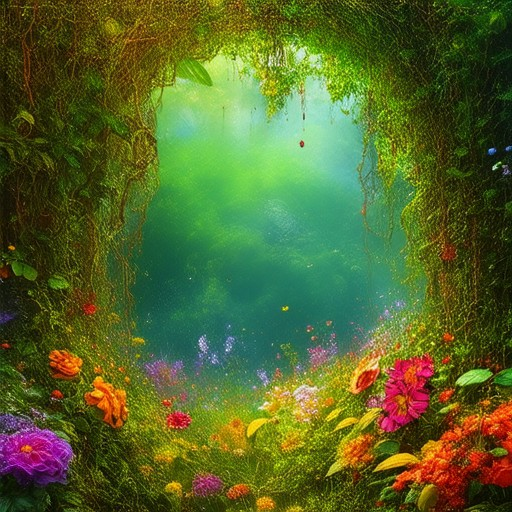
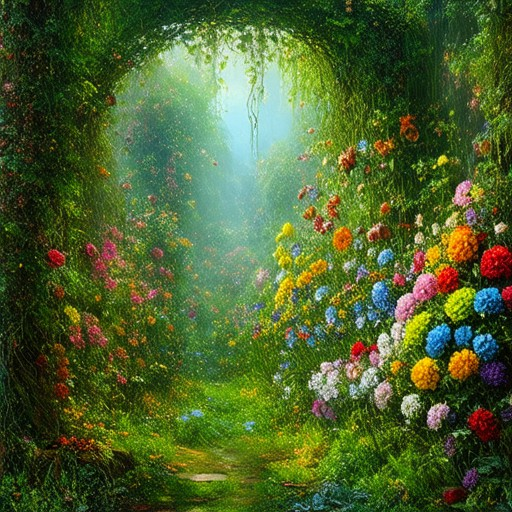

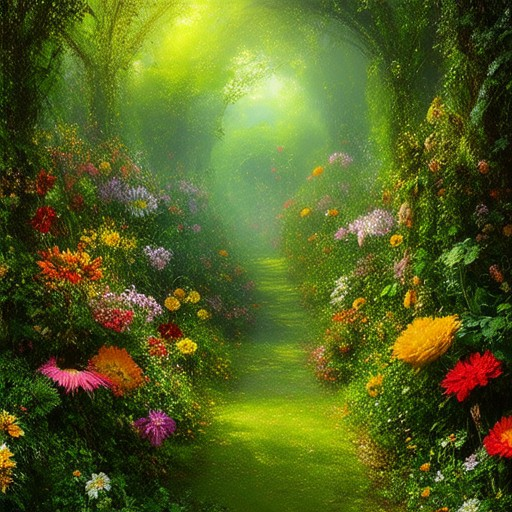

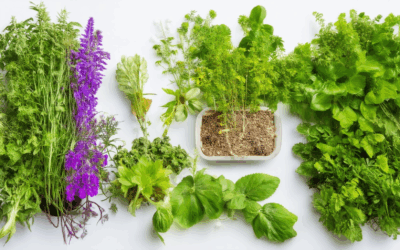
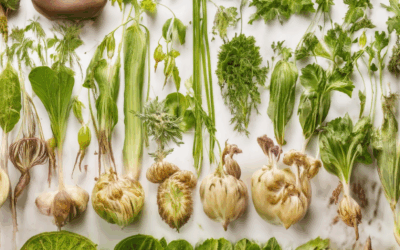
0 Comments